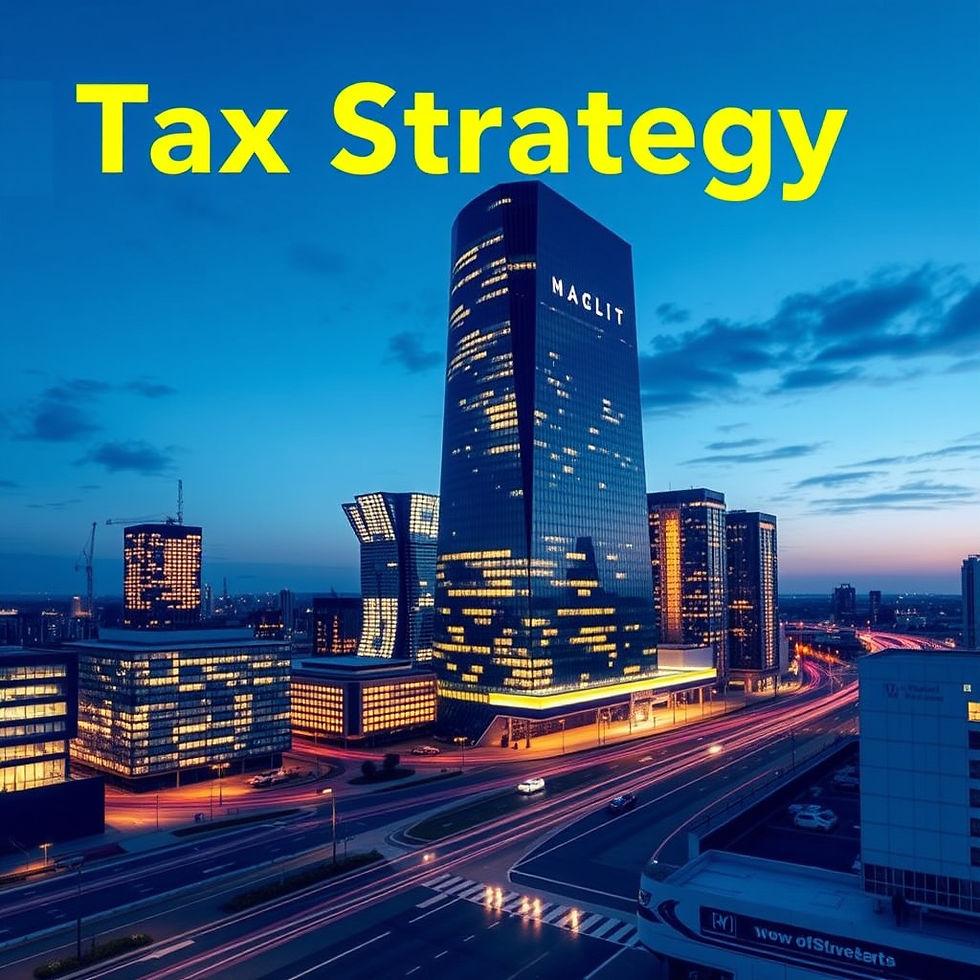THE 'BIG MAC INDEX' ..is there a need for a better yardstick ?
- Nov 3, 2023
- 2 min read
Updated: Nov 5, 2023

The Big Mac index is a survey created with 'tongue-in-cheek' by The Economist magazine in 1986 to measure purchasing power parity (PPP) between nations , using the price of a McDonald's Big Mac as the benchmark. The editors of The Economist stress that the index should not be taken "too seriously. "
The burger replaces the "basket of goods" traditionally used by economists to measure differences in consumer pricing. According to PPP theory, any change in the exchange rate between nations should be reflected in a change in the price of a basket of goods.
But in the final reckoning, whether the cost of a 'burger' should be the proper yardstick is a moot one, given the differences in palates, the status of food among nations & factors like whether the Big Mac is considered a luxury or as a necessity. This set me hunting for a relatively more secular index unaffected by factors. Recently, a friend had a small non invasive surgical procedure in USA which overall costed 6000 $; Of course, due to insurance coverage actual damages were 800 USD I made a quick survey of the cost of similar procedure in India and was stunned to know that the entire procedure did not cost more than 100 $.
Leaving apart such extremes where costs are affected by multiple factors like insurance & medical regulations, there are other staple comparisons like the cost of a hair cut ($ 50 vs 5) or the cost of an Uber trip ($ 1 vs 0.17 per km), which are a more realistic comparison due to comparable level of technology.
But, here too, there are factors like wage costs (in case of hair cut) which differ in a country with the 8th highest per capita income in the world as compared to the 120th as recently as 2022 ($ 75269 vs. $ 2389 ) as also fuel costs ($ 1.01 vs 1.26 per km), both of which affect pricing of services & products & should be ignored.
Now we are left with the humble banana as a most basic down to earth food item relatively unaffected by technology. The banana retails for $ 0.25 per piece as against $ 0.07 in India. Hence at relatively similar technology levels, the Banana Index shows that the purchasing power parity in USA is 3.5 vis-a-vis India.





Comments